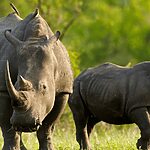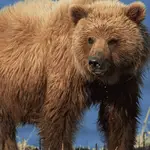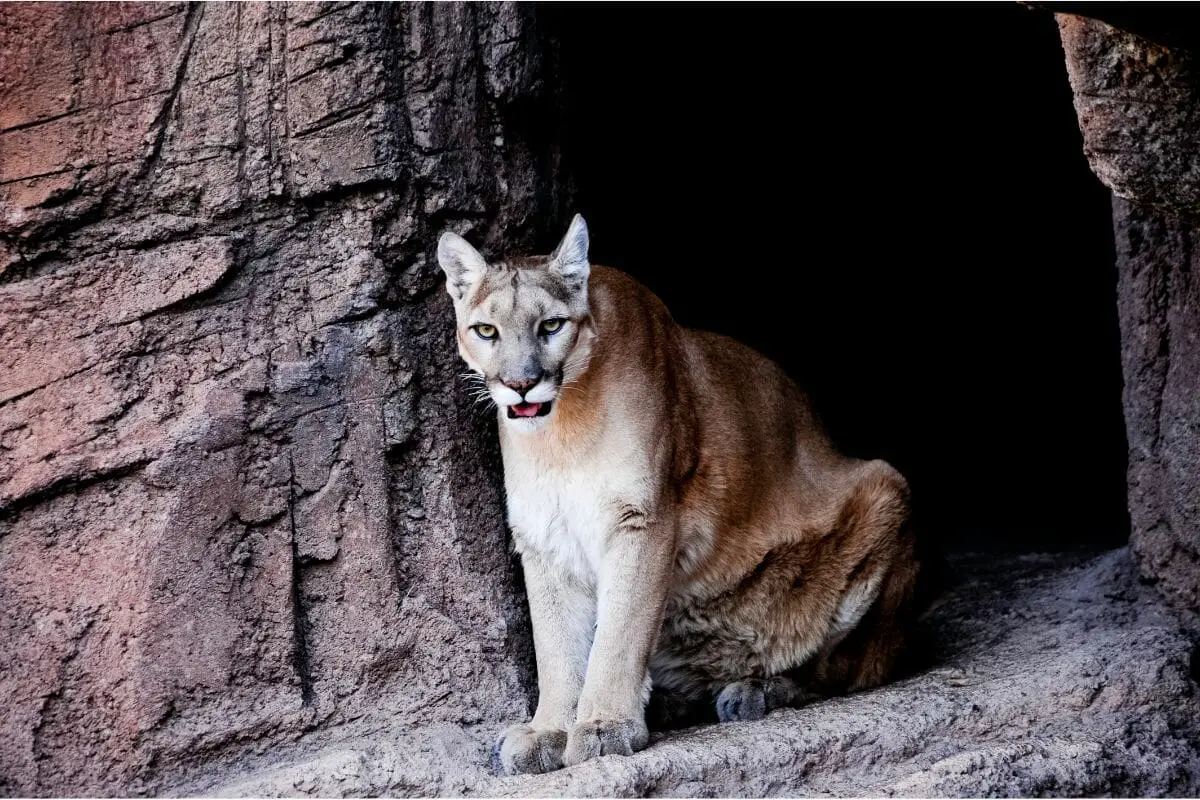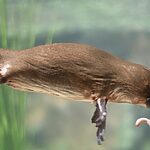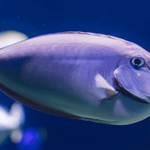With the animal kingdom being so big, then it should be no surprise that there are animals in the animal kingdom that look slightly obscure or different than how many other animals too, and it is this diversity that makes researching animals and finding out more about them so interesting and fun!
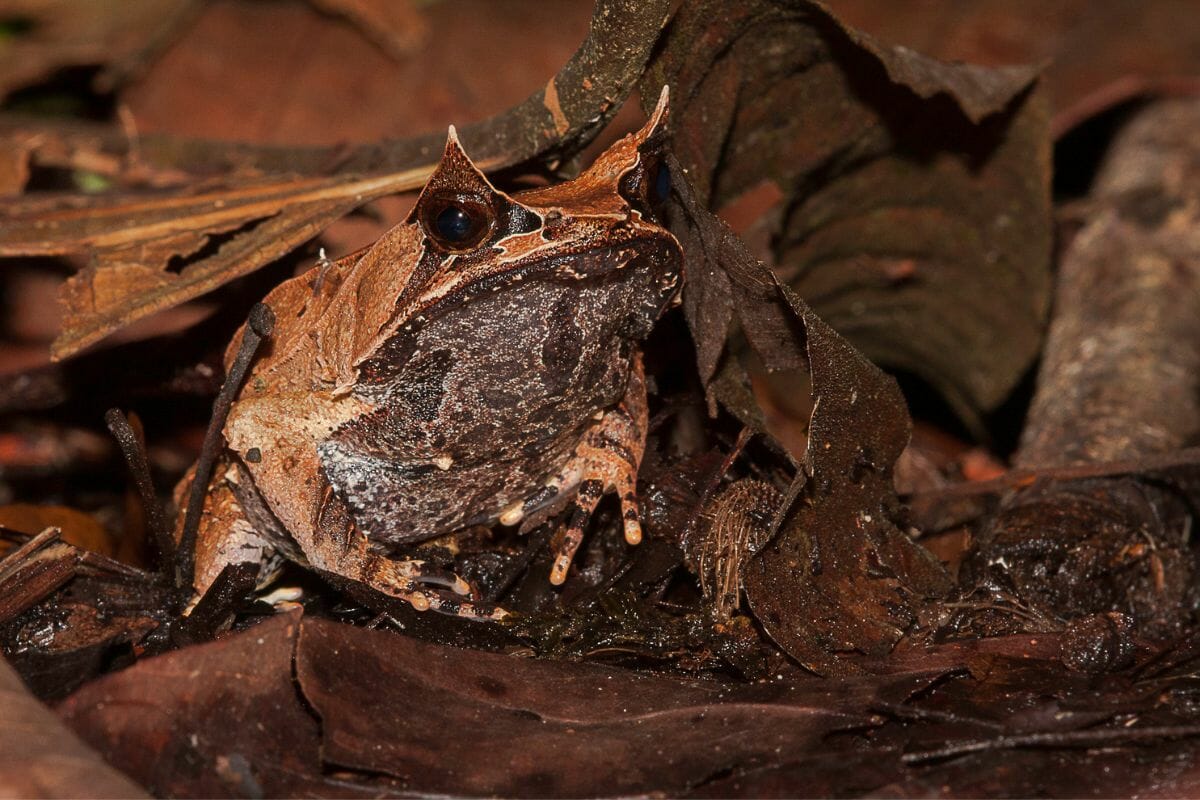
One of the most interesting types of animal to exist are the animals that look like plants, and surprisingly, there are a lot of animals out there that disguise themselves as plants, which leads to some incredibly interesting looking animals, which is why so many people like to research these incredible creatures.
Whether it’s down to their coloration, or their body shape, some animals use their plant-like appearance to help blend in with their surroundings, which helps to protect them from predators.
So, if you want to find out more about some animals that look like and disguise themselves as plants, then read through our article, as we’re going to take a look at some of the most interesting and exciting examples of animals that look like plants!
Examples Of Animals That Look Like Plants
1. Coral
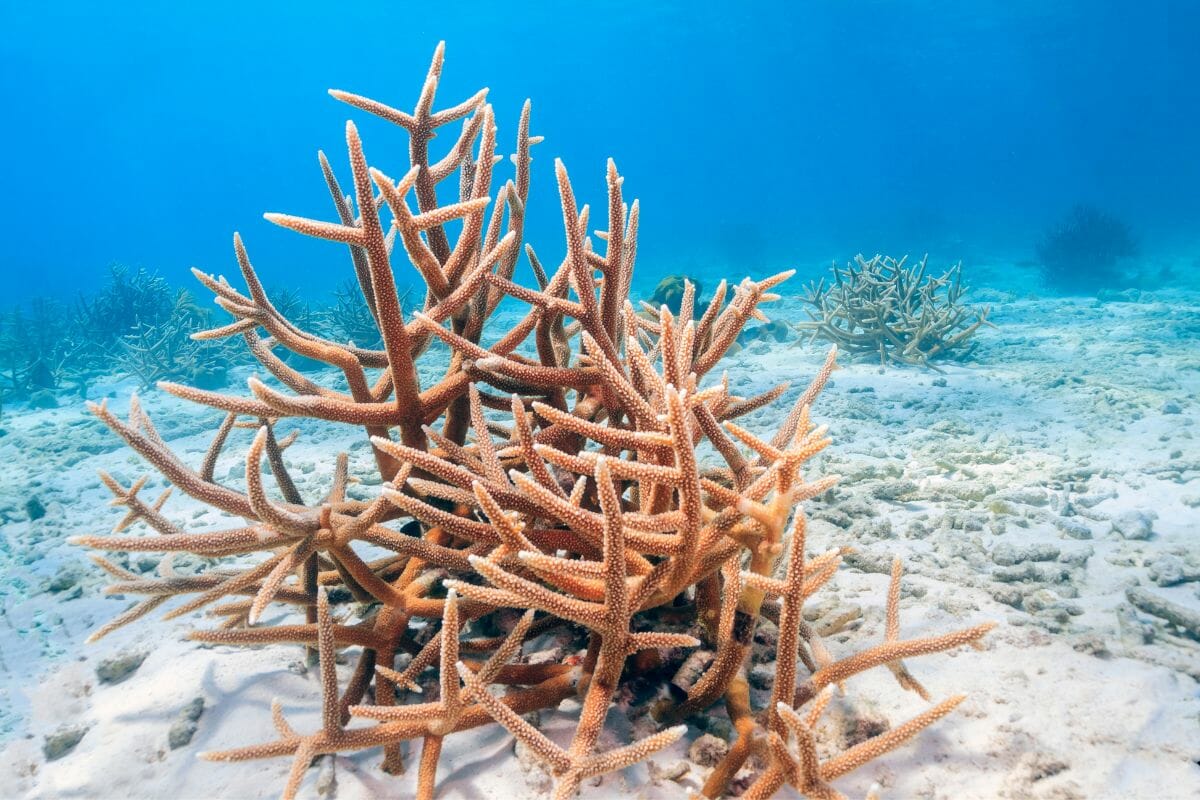
Arguably the biggest misconception of the animal kingdom is that coral is simply a plant, which would definitely explain its nickname as the “flower of the sea”, but the reality is that coral is actually an animal!
It’s easy to understand why so many people would think that coral is simply a plant, especially because of its delicate and intricate structure, as well as the variety of different color variations that help to make the sea bed so beautiful.
But, what we know as coral is simply a bunch of tiny animals which are called Polyps, which features a hardened exoskeleton that helps to protect the soft body.
Unfortunately, coral are one of the animals most affected by climate change, (see also: Animals That Can Change Gender)and because they provide shelter to so many other marine animals, if they were to go extinct it would be disastrous for the ecosystem of the oceans!
2. Dead-Leaf Moth
As you might be able to guess from the name of this creature, this moth’s disguise is in the form of a dead leaf.
The coloration of this moth is a dark brown color, with lighter brown spots found throughout its body, which help it blend in with the dead leaves on the floor of Africa and Asia where this moth lives.
As with many of the disguises on this list, the moth’s plant-like appearance is to help protect it from predators, and when one draws close by, it will simply remain still on the ground in order to blend in.
The camouflage is particularly effective too, as it manages to fool most humans too!
3. Ghost Mantis
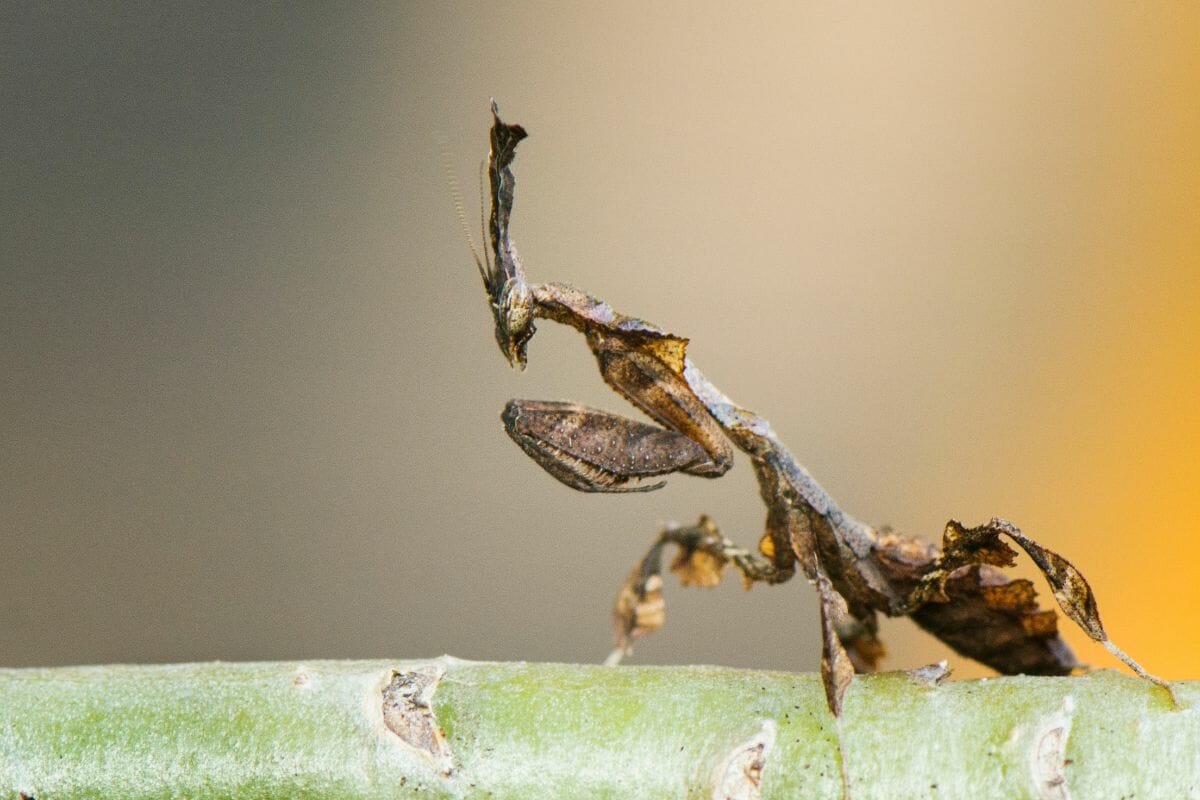
Found deep in the tropical rainforests in Africa, this mantis is renowned for its ability to disguise itself as a dead leaf, and it is able to do so thanks to its leafy coloration and flattened body, so that when it remains perfectly still, it is easily camouflaged amongst the other leaves.
The Ghost Mantis doesn’t camouflage itself just to avoid predators, instead, it uses its excellent camouflage in order to ambush unsuspecting prey.
However, if the mantis is disturbed, it will simply fall off its perch to the ground like a leaf, and wait there motionless for any potential danger to pass.
4. Indian Oakleaf Butterfly
Native to South Asia, this incredible nymphalid butterfly earned its name due to the patterns found on the backs of its wings, which allow it to blend in with much of the surrounding foliage and plant life as it scours the nearby area for flowers and leaves to feed on.
Camouflage like this can be crucial for the survival of an insect like this butterfly, and is proof of nature’s ability to adapt to survive.
5. Leafy Sea Dragon
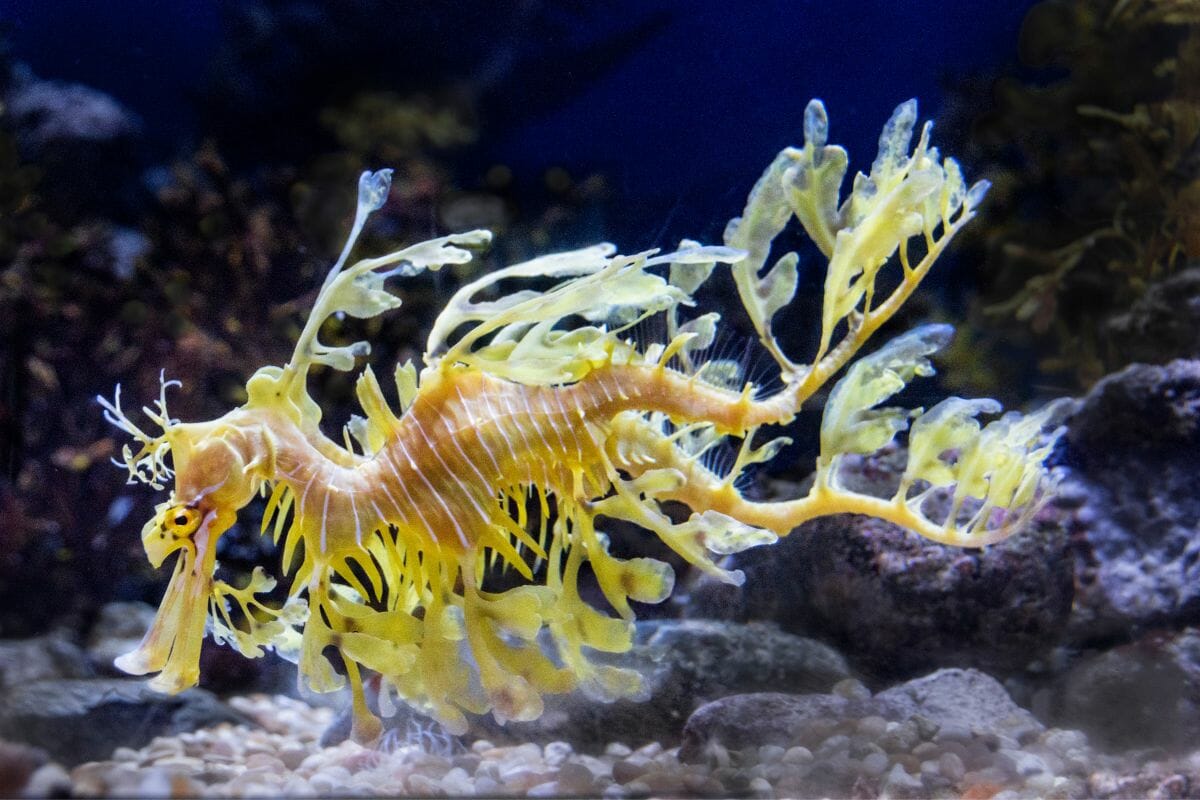
Although not technically a dragon, this incredible looking creature can be found in the waters around Southern Australia, and is actually a type of seahorse.
What helps to camouflage this animal, as its name might suggest, is that it appears as a form of leafy seaweed, allowing it to swim peacefully through the waters without being attacked.
Feasting on fish larvae and smaller crustaceans, as well as mysids too, these animals are incredibly adept swimmers, and are able to utilize their leafy tail to keep themselves upright in the water.
Unfortunately, these creatures have had to become a protected species in order to prevent people from catching them.
6. Malayan Leaf Frog
Living in the rainforests throughout Southeast Asia, like many of the other animals on this list, the Malayan Leaf Frog is an expert in disguising itself like a dead leaf in order to survive in the harsh wilderness.
Its main aid in being able to disguise itself comes from the fact that its body is usually green, with brown spotting, which is what helps to give it that leafy appearance.
Another aspect of the Malayan Leaf Frog that helps it to camouflage itself is its body shape, as it has a much flatter body than other frogs, along with a longer snout, and stumpy legs partnered with webbed toes.
These animals tend to inhabit the trees in the rainforest, and the sticky pads on its feet allow it to stay attached and climb the bark as they please.
7. Orchid Mantis
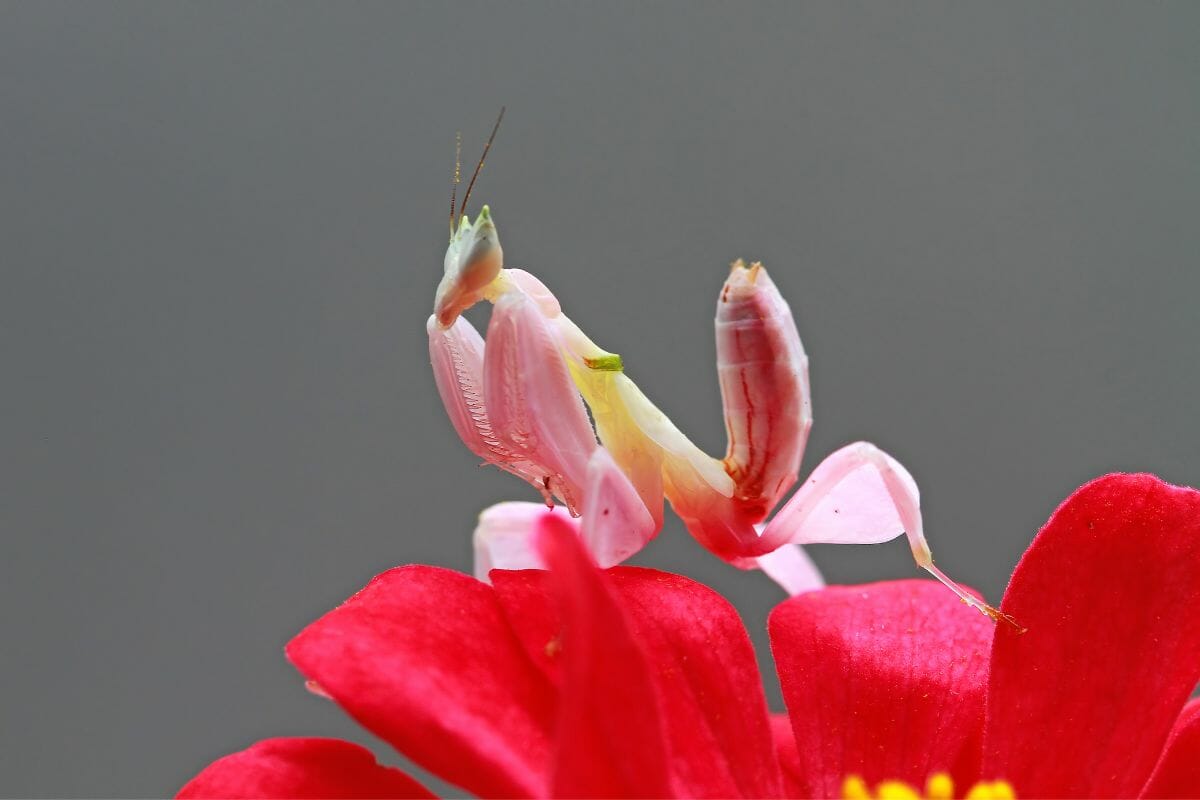
This creature from Southeast Asia is known for its beautiful camouflage, which allows it to disguise itself like an Orchid flower, hence the name.
The camouflage for this creature not only allows it to hide from potential predators, but it is also used to help ambush any prey, as the Orchid Mantis’ diet mainly consists of the insects that are attracted to the flowers.
So, as the prey draws closer to the Orchid Mantis amongst the other flowers, it will use its incredibly powerful front legs to grab them.
8. Sea Anemone
Similarly to coral, many people confuse Sea Anemone as a form of plant, when it’s actually a living animal!
These colorful creatures live in oceans all over the world, and their soft-bodies and plant-like appearance often mean people get confused about their classification.
These creatures are closely related to jellyfish and coral, and attach themselves to rock in the ocean in order to feed off any crustaceans or small fish that come too close to them, initially stinging them before they consume them.
9. Flower Hat Jelly
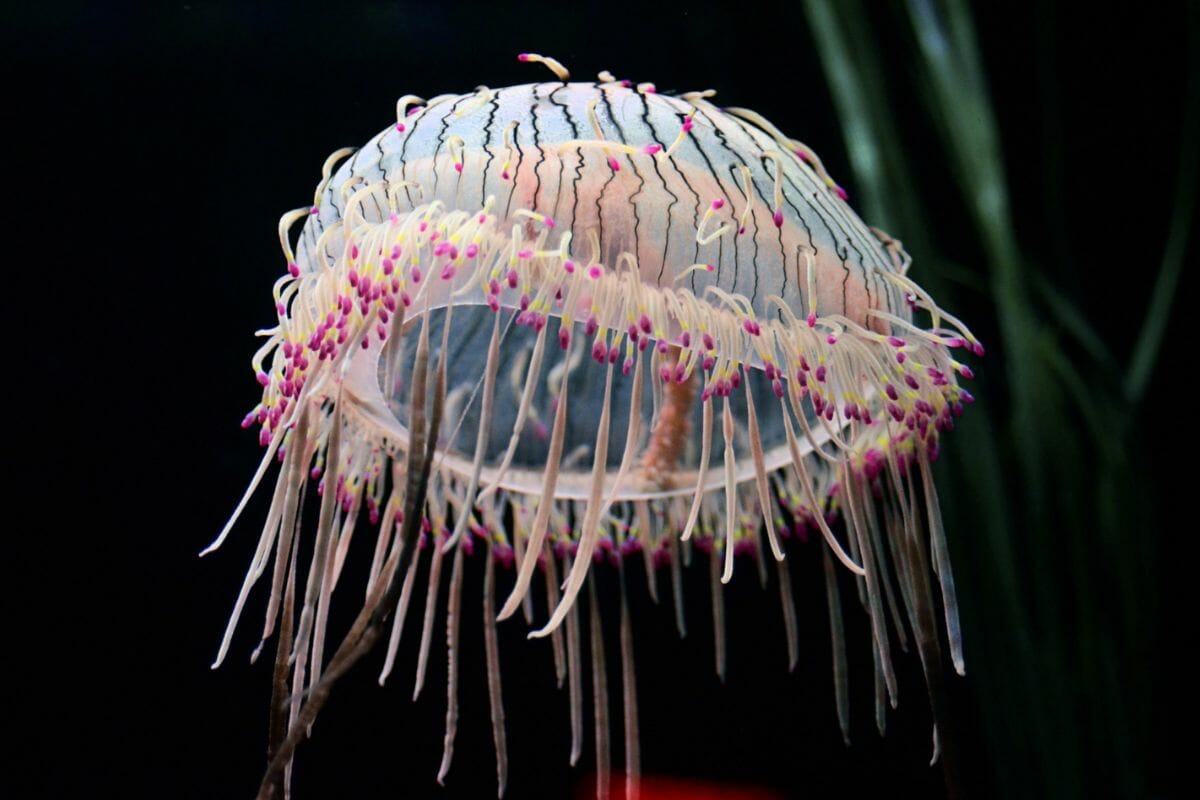
A creature native to the waters around Southern Japan and South America, what might initially appear to be floating seaweed in the water could easily be a Flower Hat Jelly.
Although its disguise is meant to look like seaweed, this jellyfish earned its name as many people believed it looked like it was wearing a hat composed of flowers.
This jellyfish mainly feeds off of plankton, as well as other small fish and creatures that inhabit that waters the Indian and Pacific Oceans in which it lives, which it captures using its long tentacles, all of which have a nasty sting.
Although it might hurt, this sting poses no real threat to humans!
10. Leaf Katydid
A common sight in many of the tropical regions in the world, the Leaf Katydid is a creature that often gets confused for a pile of leaves thanks to its impeccable camouflage, as its bright green coloration helps to protect it from potential predators.
However, this coloration changes once the Leaf Katydid is ready to lay its eggs, where it will turn red and orange, appearing as a sort of ripe fruit, which in turn will attract animals, who will go to eat the fruit, and instead will eat the eggs of the Leaf Katydid.
11. Moss Mimic Stick Insect
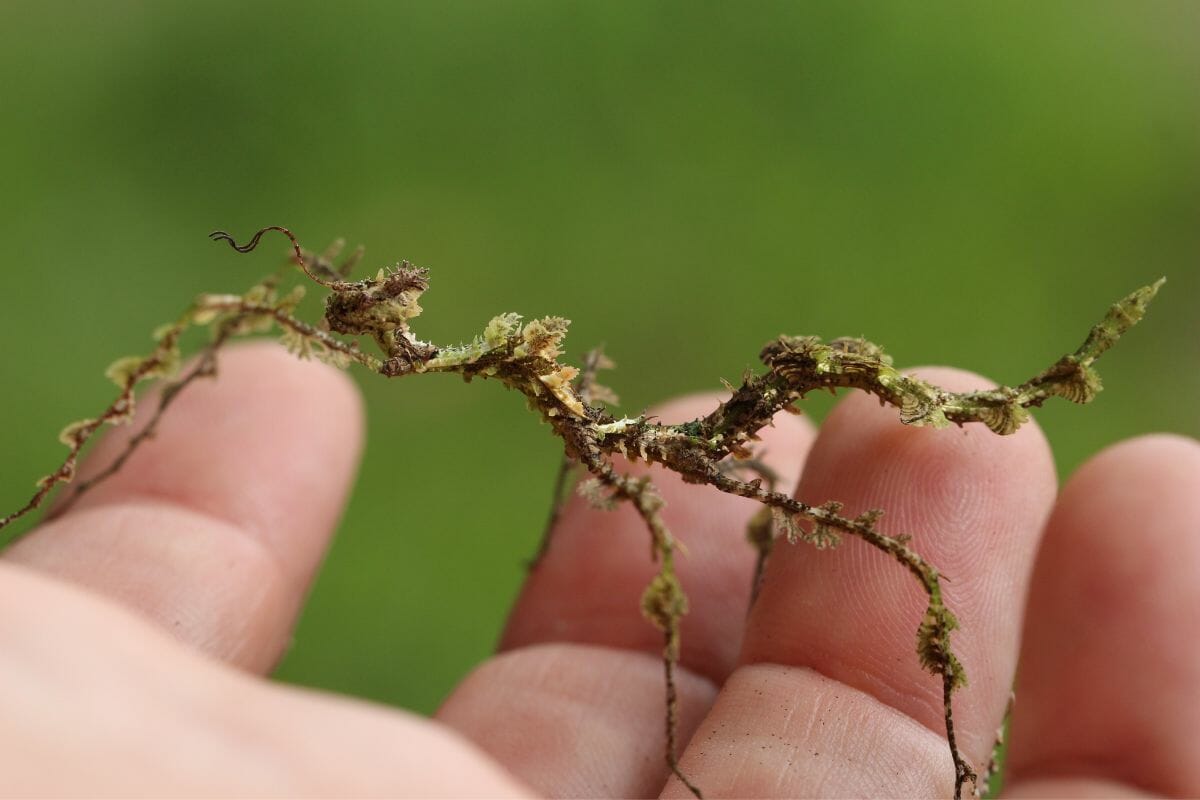
Often seen in the rainforests in Southeast Asia, this stick insect is known for its ability to camouflage itself as moss, which is particularly useful for an insect that resides amongst the trees and shrubbery.
This insect is brown and green in color, and the ridges on its body confuse predators into thinking it’s a mossy and leafy plant instead. This helps to make the insect near invisible to predators, which means it can avoid being eaten!
12. Pale Tussock Moth
Native to both North America and Europe, this moth is incredibly skilled at disguising itself as a piece of bark, especially because of its combination of light and darker brown body, with markings which can be seen all over.
Since this moth tends to inhabit the trees, being able to blend in with the bark allows the moth to hide from potential predators that might be wanting to eat it.
Conclusion
So there you have it, a list of some of the most interesting animals that are able to camouflage and disguise themselves as some form of plant or leaf in order to protect themselves.
We hope that you found this list interesting, and thank you for reading!
- What Should I Do If A Koala Bites Me? Safety Guide - 2024-05-30
- Are Kangaroos Born Without Hind Legs? A Fascinating Journey - 2024-05-30
- Animals That Look Like Squirrels - 2024-05-30

